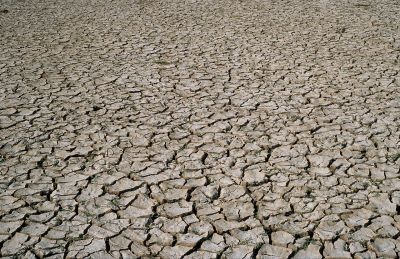Monitoring and repairing cracked soil

Cracked soil at Chowilla SA
CSIRO [CC BY 3.0 (http://creativecommons.org/licenses/by/3.0)], via Wikimedia Commons
Researchers have developed a non-destructive scanning technique to monitor the structural health and integrity of soil infrastructures.
Desiccation cracks in soil can affect its structural and mechanical integrity, as well as the flow of water, which follows those cracked pathways. Soil cracking also affects vital earthen infrastructure — for example, deep cracks in embankments may trigger landslides.
The EU-funded RISMAC project aimed to develop a non-destructive way to measure the presence of desiccation crack networks in the global soil mass. It also proposed novel solutions for repairing soil cracks as alternatives to currently used lime and cement.
Researchers developed a miniature, 4-electrode device to observe the influence of soil microstructure on its electrical conductivity, and therefore its water content. They also used a 2D scanner to precisely measure soil defamation, curling and volume change upon drying, with the final aim of characterising crack networks.
Using a cracked soil model subjected to wetting and drying cycles, researchers tested different soil mixtures for their ability to repair cracks. They found that nanocomposite materials (consisting of a matrix of tiny, tightly packed particles) can strengthen the mechanical properties of soil in a variety of applications.
The techniques developed in this project will help to non-destructively monitor earthen structures for potentially destabilising cracks, and provide remedial solutions for soil crack repair.
published: 2015-05-13

